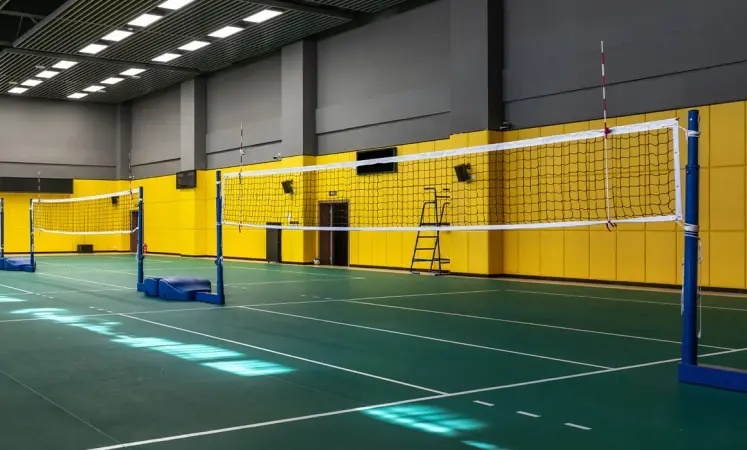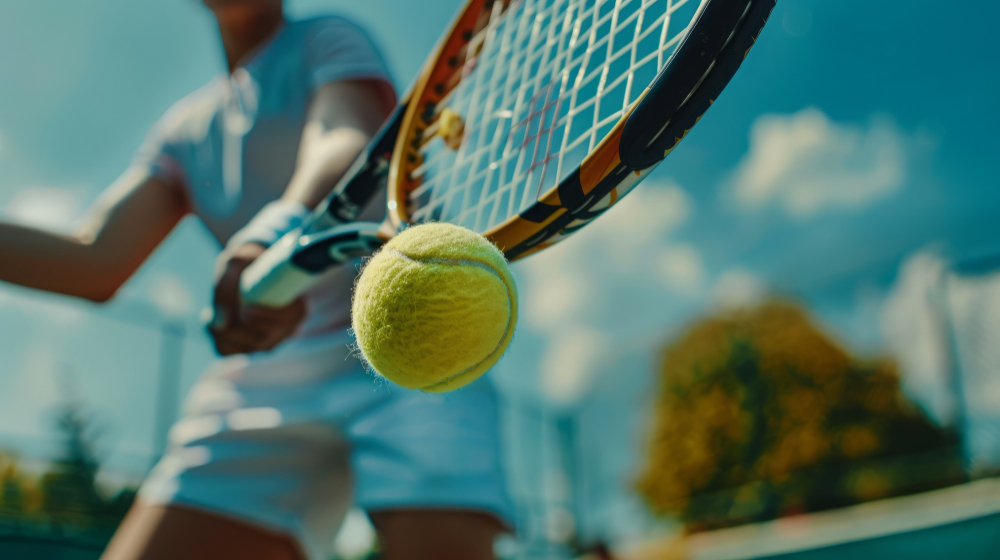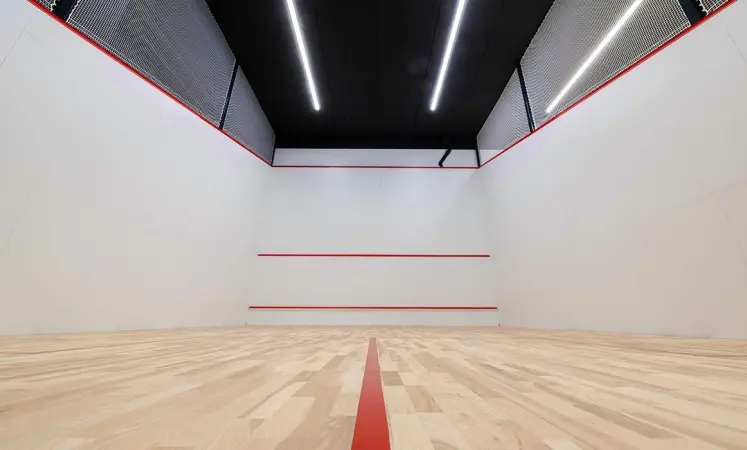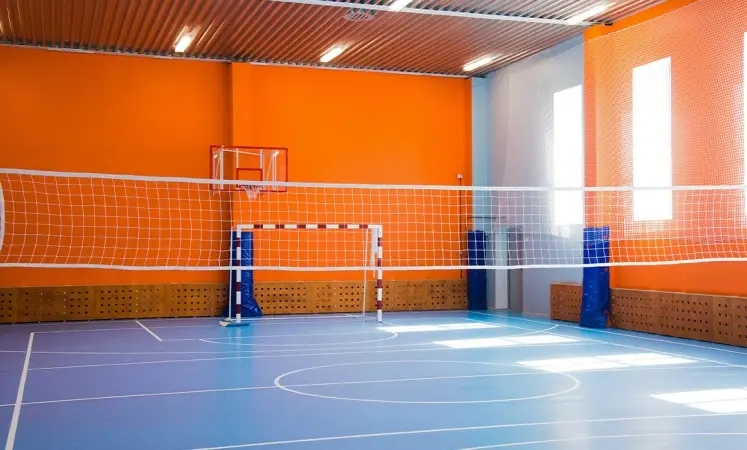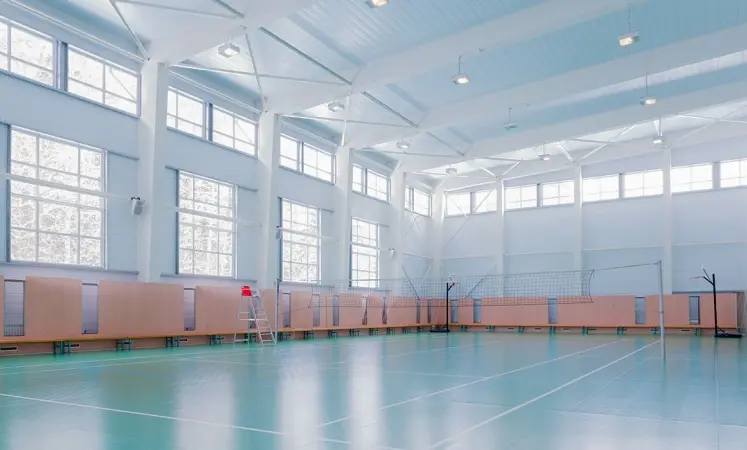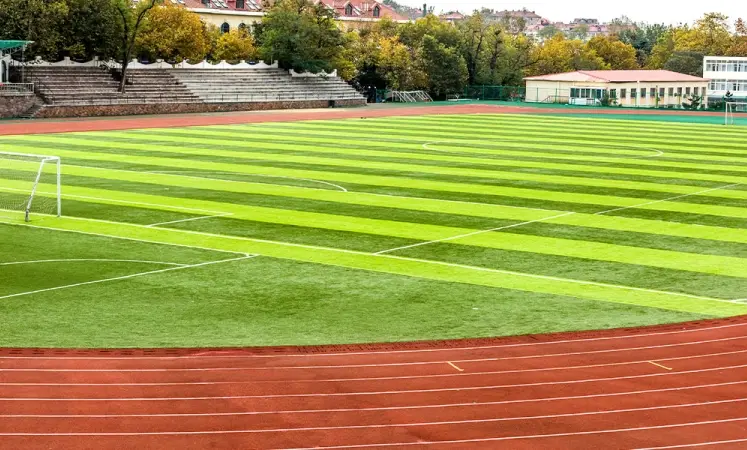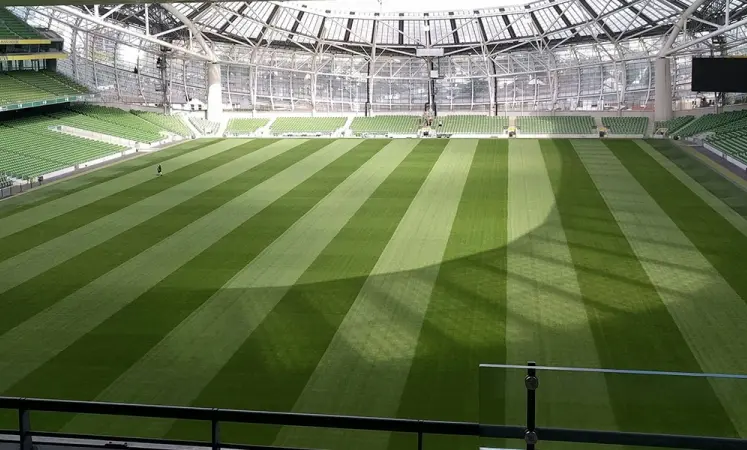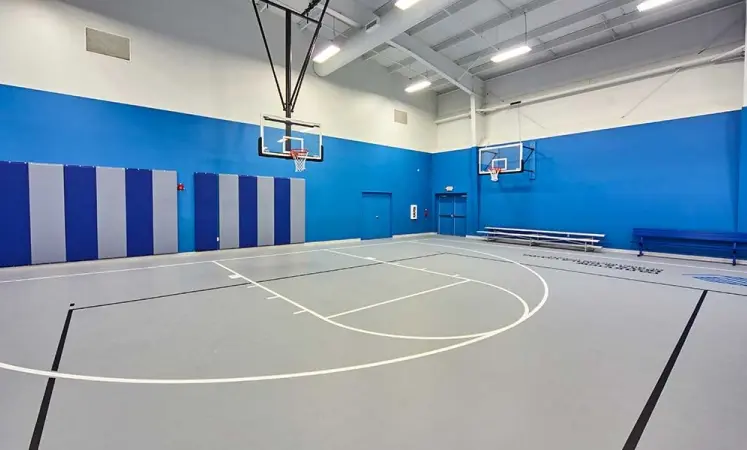Squash Court Construction
Squash is a dynamic sport that requires speed and strategy. It has a large following at both professional and amateur levels. Therefore, squash courts are of great importance to both athletes and sports facilities. As Integral Spor, we have extensive experience in the construction of high-quality and long-lasting squash courts. We provide services with a specialized team at every step, from construction to maintenance. In this blog post, we will discuss the process and features of building a squash court.
What is Squash?
Squash is a fast-paced and strategic sport where two players hit a ball against a wall. Players strike the ball with a racket, but the ball must bounce off the wall before falling into either player's area. Players take turns hitting the ball, and each shot may require the ball to touch both walls. Squash is an energetic sport that tests speed and endurance, and many professional tournaments are held worldwide.
Playing squash requires both physical and mental endurance. Every shot demands strategic thinking and quick decision-making. For this reason, building squash courts with the right materials and in the correct manner is crucial for athletes to perform efficiently.
Squash Court Construction Process
Building a squash court requires careful consideration of various factors. The materials used in constructing the courts directly impact the performance of the players. As Integral Spor, we offer professional services in the construction of both indoor and outdoor squash courts.
- Ground Preparation and Infrastructure: The first step is ground preparation. The court must be placed on a flat and solid surface. Additionally, the base structure should be waterproof and level.
- Flooring: Squash courts are typically covered with special rubber or wood flooring. This surface allows players to respond to the ball effectively and balances the floor's hardness to minimize the risk of injury.
- Walls and Lighting: Squash court walls are made from special materials. Glass walls are often preferred, as they allow spectators to watch the game comfortably. Proper lighting is also essential, as it enables players to see the ball clearly.
- Ventilation and Temperature: Since squash is a fast-paced sport, the court must be adequately ventilated. The temperature inside indoor squash courts is also important, as it can affect players' performance.
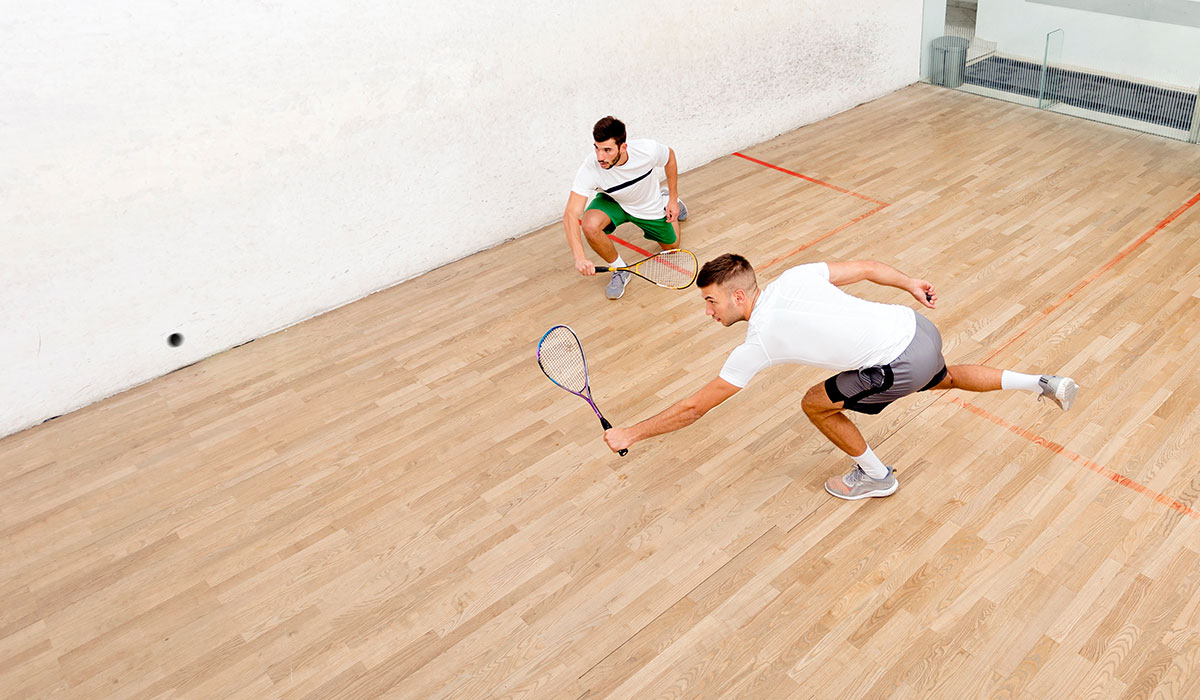
Key Features of Squash Courts
There are several essential features that a squash court must have. These features directly affect the quality and safety of the game. As Integral Spor, we ensure that these features are met to successfully complete every project.
- Dimensions: According to international standards, a squash court's dimensions should be 9.75 meters long and 6.4 meters wide. However, courts can be built in different sizes based on the client's preferences.
- Surface and Material Selection: Squash courts are generally built with wood, rubber, stone, or synthetic materials. These materials vary in terms of floor hardness, durability, and aesthetics.
- Lighting and Reflections: The lighting used in the court should be uniform and enhance the visibility of the ball. Moreover, light reflections should be avoided.
- Accessibility and Safety: The perimeter of the court should be built with safety measures in place. Additionally, the court should be wide enough for players to move comfortably.
Indoor and Outdoor Squash Courts
Squash courts can be built in two different categories: indoor and outdoor. Integral Spor constructs both types with high quality.
- Indoor Courts: Typically located in closed areas, sports halls, or private facilities. Indoor courts include elements such as temperature, lighting, and humidity control.
- Outdoor Courts: Built with materials more resistant to weather conditions, outdoor courts are ideal for players who prefer playing outdoors. These courts should be designed to withstand weather conditions like wind, rain, and sun.
Factors to Consider in Squash Court Construction
There are several key factors to consider when constructing a squash court. These factors can affect both the quality and safety of the game.
- Floor Surface: The floor should allow the ball to bounce quickly and provide players with ease of movement.
- Balls Bouncing Off the Wall: The fundamental dynamic of squash is the ball bouncing off the wall. Therefore, the wall must be smooth, and the ball should bounce correctly.
- Sound Insulation: As squash is a fast and energetic sport, paying attention to sound insulation is important. Sound insulation prevents external noise during the game and enhances the playing experience.
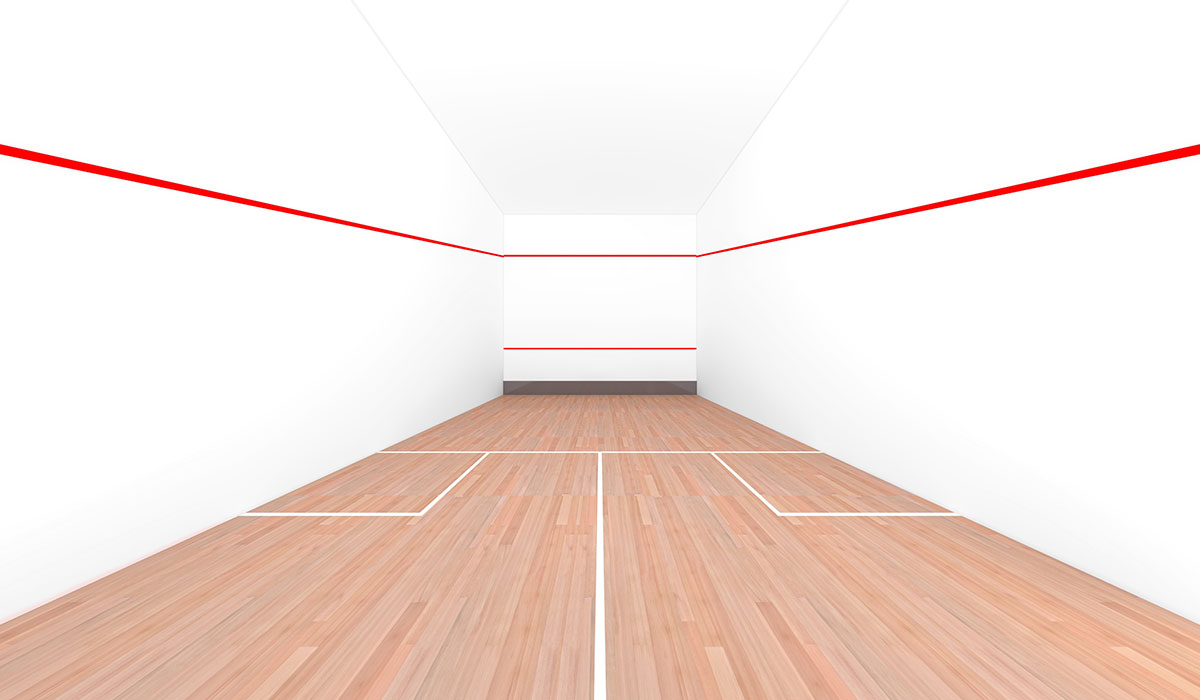
High-Quality Standards Applied for Squash Courts
At Integral Spor, we use materials that comply with international standards in all squash court constructions. The choice of quality materials directly impacts durability and player performance. Additionally, every project undergoes a detailed quality control process.
- International Standards: Squash courts must be built according to WSF (World Squash Federation) standards. This means they are compatible with courts used in professional squash tournaments worldwide.
- Durable and Long-Lasting: The materials used are selected to withstand long-term use and challenging playing conditions.
- Aesthetic Design: Well-designed squash courts, both functionally and visually, motivate players and enhance the overall experience.
Building a Squash Court with Integral Spor
Integral Spor provides a specialized team for those wishing to build a squash court. We aim to offer the best quality while ensuring customer satisfaction at every stage. In constructing squash courts, we focus on ground preparation, wall design, lighting, and all technical details to create a long-lasting and high-quality court.
At Integral Spor, we develop custom solutions tailored to each client's needs. If you want to build a professional squash court, you can contact us at +90 (212) 678 13 13.
Other News









